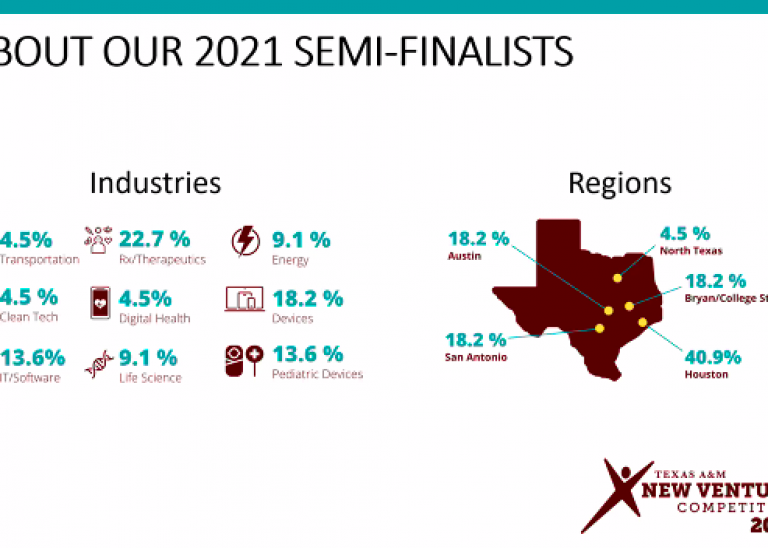Creating a partnership between a startup or emerging technology with a large corporation is not a traditional buyer-seller relationship. However, many of the same basic principles apply. As a young company, it is important to understand the process your ‘buyer’ goes through, as well as where you fit in that process. Sales professionals are constantly reminded to be aware of and adaptable to their buyer’s needs and processes. When pitching your startup, the same principle applies. It is important to understand your audience and strategically convey your message for maximum effect. Today, we will highlight the four basic steps in a tech scout’s process and discuss how you can sell yourself effectively throughout their evaluation.
First, let’s start with what type of partnerships which technology scouts are typically seeking:
- Joint research
- Licensing
- Buying IP
- Creating joint ventures
- Outright business acquisition
Now that we understand the different types of activities, what is a technology scout’s process and what decisions are made at each step?

1. Identify
We can all agree that information overload is a real problem. To stand out, you must find ways to shine through. Tech scouts tap their personal networks, their alma maters, external scouts, and technology databases. What does this mean for you?
- Network.
- Maintain a relationship with your alma mater.
- Participate in innovation networks.
2. Select
As the figure depicts, scouts ask two main questions to evaluate whether a technology should move to the next step of their process. Most broadly, they ask themselves if the innovation is novel. And, if so, to what extent? In the most extreme case, an innovation is so novel that it creates a new market. While this doesn’t have to happen every time, you should be demonstrating your technology’s competitive advantage in order to show its novelty.
Scouts also ask: Is anyone else is working on this? Or, in a more direct way: What is the potential threat posed to their company if they take on this project? Are their competitors already doing the same thing?
Performing a SWOT (strength, weaknesses, opportunities, threats) analysis of your technology will help you answer this question for them. Analyzing the market, if known, in the same way also helps. By providing this information upfront, you as the seller are enabling your buyer to make a decision faster. You arm them with information to validate as opposed to information they must take the time to find.
3. Assess
What is the potential market impact? To answer this question, provide your assessment of the addressable market, which we talked about how to do here. If assessed holistically, the Select process and this first part of this Assess process complement each other.
What is the commercialization complexity? This question can be a bit tricky to answer if you’re looking at a technology as just a technology. Say you looked at a technology’s description and were able to understand the idea and the application. Based on just that, would you be able to understand the process to take that technology from concept to a product or service? Probably not. So, help out your buyer and show them how you see it developed. This means depicting the current state of your technology, what development was done to get it there, and what is next on the roadmap. When this information is given up front, a corporate R&D department can then strategize where and if they fit in. How they can make the process more efficient? Is this a good project for them to take on in the first place? Answering “no” to the last question is not necessarily a negative thing. Both you and the corporation save time and effort when you know up front that there is not synergy between their mission and your technology.
4. Disseminate
Finally, the scout fully disseminates the information. This could mean searching for latest developments, sharing what they have discovered with their teams, and more. A document that depicts all of the information required leading up to dissemination will help you in this process. Also have on hand any relevant supporting materials such as graphics, test results, and milestones.
Remember to always think about ways you can help corporate tech watch to make an informed decision. We know that it is not always easy to step into this role, especially when you are entrenched in working on an exciting, novel, and useful technology. However, by putting in the effort to prepare this information, you do two things. First, you help the corporation assess your offering. Second, you afford yourself the opportunity to step outside of your day-to-day and analyze your innovation from a different angle. We think it’s worth your effort, but we’ll leave that decision up to you! Now that you understand a tech scout’s process, it’s time to search for prospective partners and get the conversation started!



